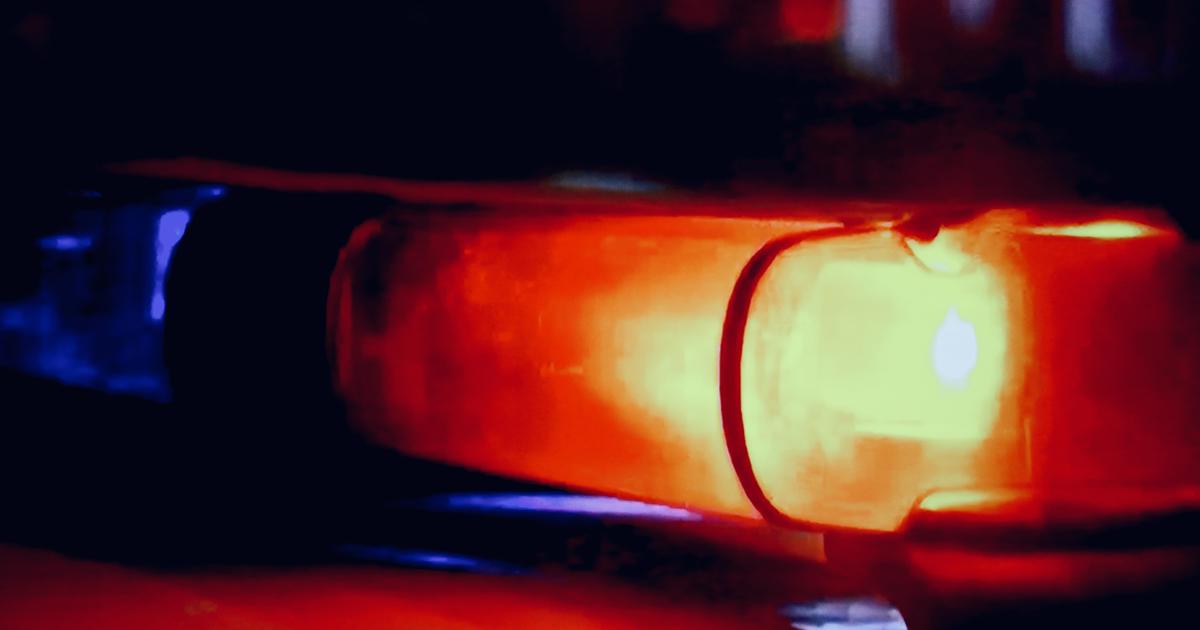Gardening 101: Drip irrigation
NORTH TEXAS (CBSDFW.COM) – Most of this water comes from man-made lakes scattered about our area. With the projected increase of the DFW population to hit 12 million by 2060 (currently 7.8 million), we won't be able to add lakes. This area will have to learn to use less water. During the summer months, about half of the water usage in the DFW area goes to lawns and gardens. So that's a good place to start.
Last week's story was about shrinking the footprint of your turf (the goal is one-third of your yard). This week, the story is about the best way to water those expanded landscape beds. Use drip irrigation.
Drip irrigation is exactly what it says. You drip the water slowly into the root zone from ground level. You lay down drip hose (not soaker hose, my advice is to NOT buy those). This hard plastic tubing has little holes at on one-foot intervals (or 6", or 18", or 3ft: it comes in many forms) where the water slowly drips out when hooked up to a water source. You wind it around your plants or a new bed, spaced about a foot apart (if your drip spacing is 12"). The best practice is to do this before you put down a bed of mulch so you can cover the pipe up after it is laid down, making it both disappear and be twice as efficient. When you buy the tubing make sure to buy the stakes to hold the line in place.
There is a special hand tool to use to cut and ready the tubing for installation. Its less than $15 and you'll drive yourself crazy if you don't buy one. On its handle end it has a little bump on one end where you stretch the opening out to fit any connector.
You'll need some special gear to attach it to your outdoor faucet. The easiest way to do this (and how I'm doing it) is to build a series of closed loops around your yard (each covering one of your landscape areas) and drag a garden hose to it and hook into it. At your water outlet, screw on a:
- Back flow valve so landscape water (and the dirt it carries) doesn't back flow into your house water supply
- A timer (this is optional but will likely pay for itself the first time you leave the water on all night
- A reducer (you must lower your water pressure in order for this system to work, otherwise the higher pressure will destroy the line you just put in)
- A filter (to help reduce the worse thing [to your plants] about DFW water, it is hard)
Attach your hose to end of this and drag it around to each section. Most areas only need about 30-45 minutes of drip. I strongly recommend using a water moisture gauge (you can get them at any home and garden center) to keep track of your watering needs.
And here is a little secret. All those irrigation places across the metroplex that supply professional irrigation companies? You can walk into any of them and get your own parts. I'm lucky, I have one not even a half-mile away from my house. I have found the people who work there know installation backwards and forwards and can give plenty of advice.
I'm converting everyone of my beds. It might take two years but what I save in water use will pay for the material. Even better, the plants do much better with a drip system since it encourages deeper roots. And deeper roots mean healthier plants that can weather the Texas heat.
But it's still a lot. Even half of the 245 gallons a day are the equivalent of filling and emptying a typical bathtub about two times. By 2010, per-person use is expected to grow to 258 gallons a day. Both figures are far above state averages, currently about 170 gallons per person per day. And in the summer, we use half of that water on our lawns — and our driveways and our sidewalks and any neighbors walking by.




